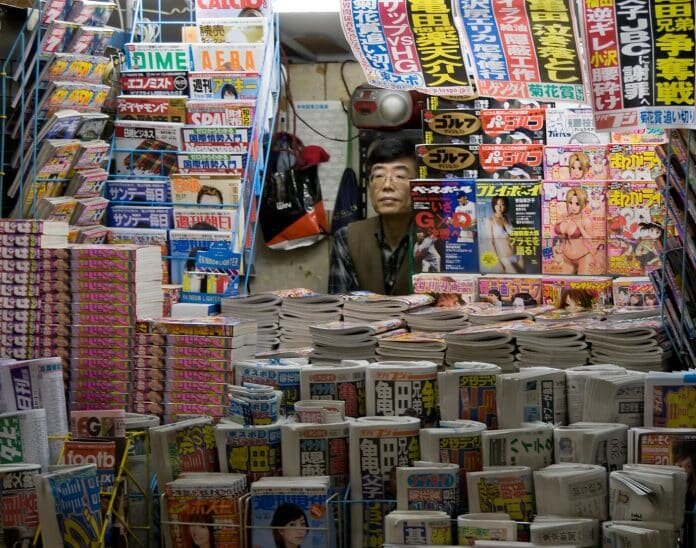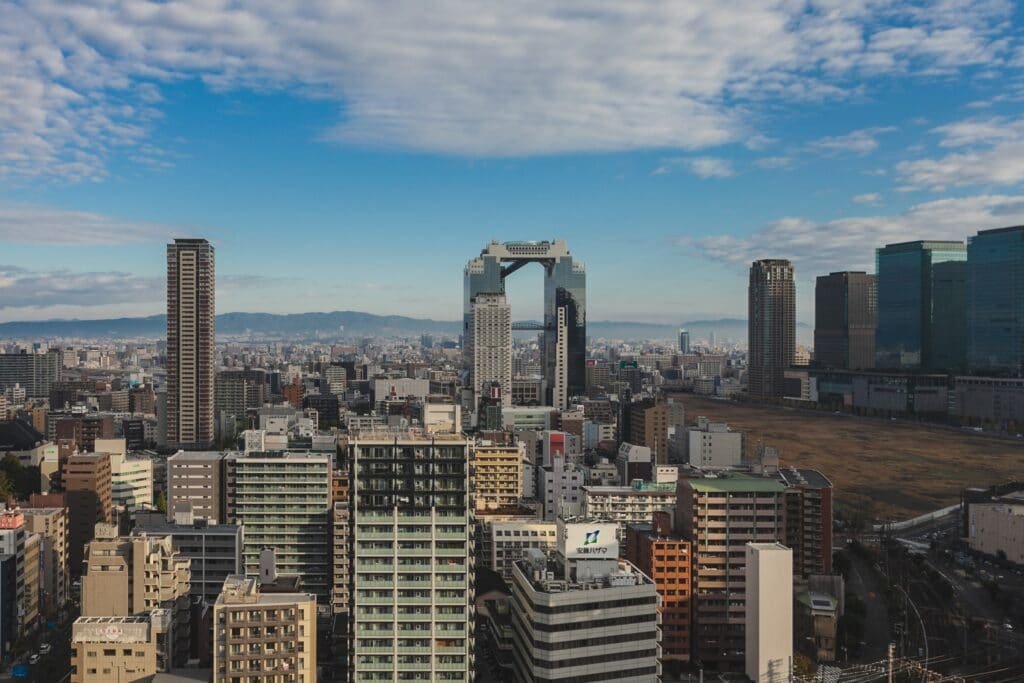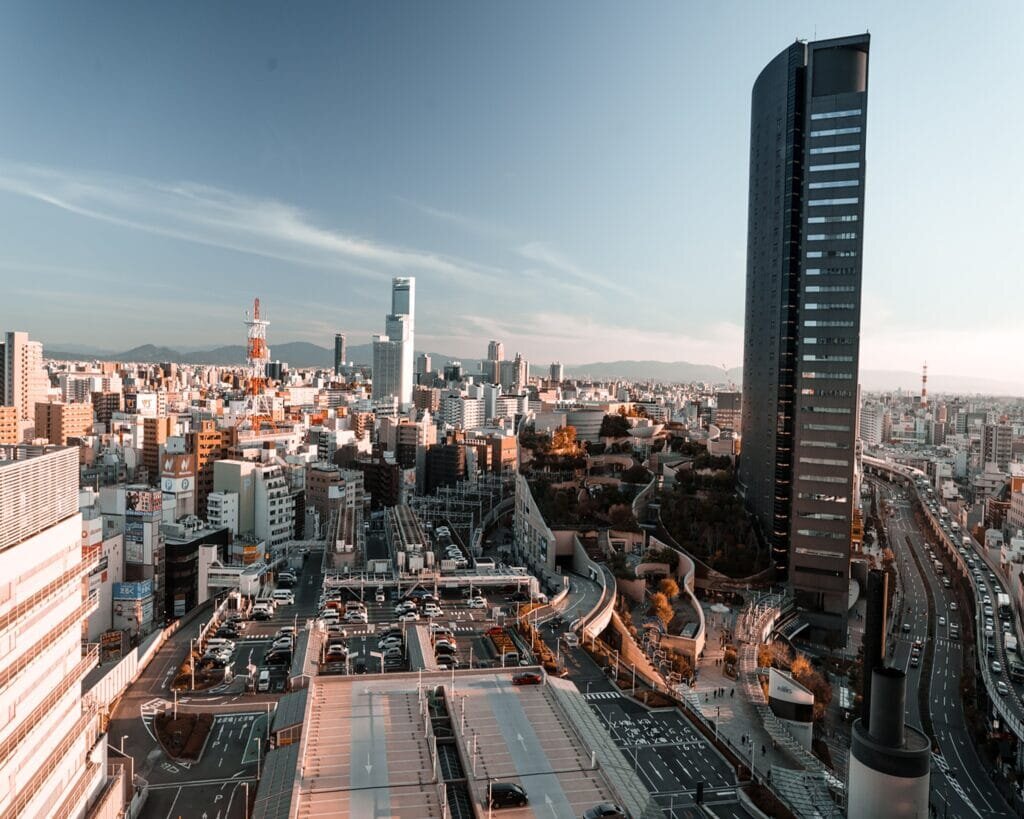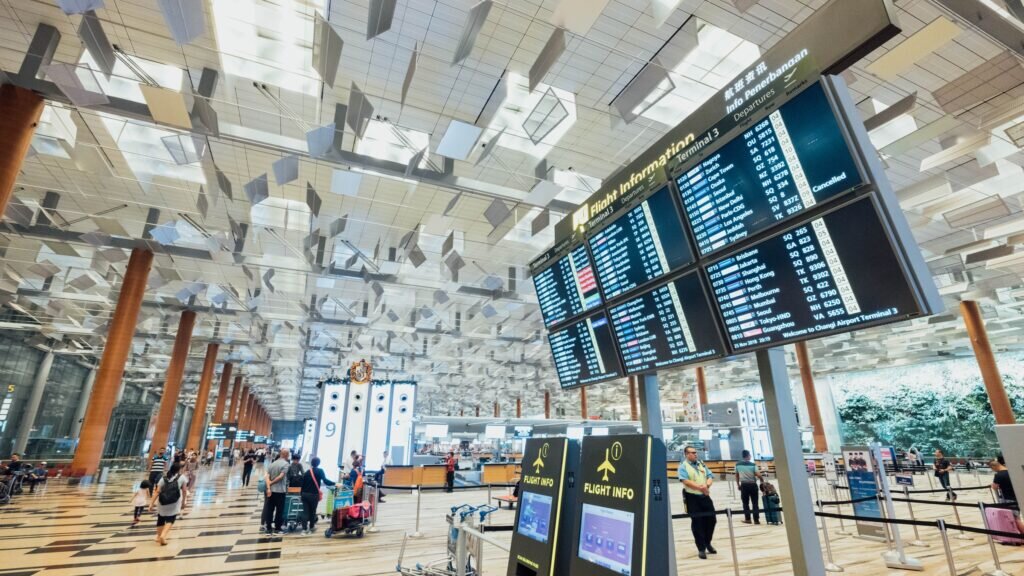
Each week, here at Osaka.com, we will bring you a selection of some of the top stories about Osaka making the local and national news here in Japan. Sometimes it’s serious, sometimes it’s funny, but it’s always direct to you, from Osaka.
Here’s a look at some of the stories hitting the headlines in Osaka this week.
Mass Grave Find Points to Previous Outbreak

Whilst Osaka continues to struggle through the ongoing Coronavirus Pandemic, discoveries this week suggest this may not be the first time that the city has faced such a challenge.
During the latest round of excavation work for a major retail development in the Umeda area, directly adjacent to JR Osaka Station, workers uncovered around 1500 sets of human remains.
The bodies are believed to date from the early to mid 1800s. The way in which many of them were buried and the fact that so many were confined to such a relatively small area has led experts to believe they may have been victims of some kind of viral epidemic.
Additionally, evidence of lesions, a common sign of severe infection, was found on several bodies.
Several coffins unearthed contained multiple sets of remains, suggesting that family members may have been buried together.
Other elements of the site indicated bodies being stacked closely together, another sign that large numbers of people were all buried at the same time. Such behavior does not corelate with established funeral rituals in Osaka at that time, suggested these were exceptional circumstances.
This isn’t the first time such grim discoveries have been made. During previous exploratory surveys in 2016 and 2017, similar graves were discovered in adjacent sites.
During this time, prior to the Meiji Restoration of the 1860s, modern day Umeda was mostly farmland, outwith the reaches of the gated community around Osaka Castle that formed the main city. Therefore, written records of what happened at that time are somewhat lacking. However, given the sanitary conditions and rather primitive medical facilities available at the time, viral outbreaks certainly were not all that unusual.
Nevertheless, whatever this virus was, Osaka overcame it, and grew into Japan’s second city.
One hopes this is a good omen, for what will be a challenging few months ahead in our current battle against disease.
Osaka Prefectural Assembly Gives Referendum the Go-Ahead

Osaka Prefectural Governor Hirofumi Yoshimura’s radical reform plan for the city’s bureacracy cleared another hurdle this week, with a vote approving the holding of a referendum on November 1st formally passing in the Osaka Prefectural Assembly. The proposal will now move to the Osaka City Assembly in a few days. If the proposal is approved there, then the vote will go ahead. Opposition remains however, and despite the added support of Osaka Mayor Ichiro Matsui and his highly influential Osaka Isshin No Kai political pressure group, things still remain in the balance.
A prefectural assembly committee, overseeing the referendum plans, urged the government to postpone or cancel the planned November vote amid concerns of further spreading coronavirus.
However, with Osaka Isshin No Kai holding significant sway in both assemblies, and the public also warming to the idea of reform, it seems increasingly likely that the mayor and governor will get their way.
Under the plan, the current 24 administrative districts of Osaka will be reformed into 4 main hubs, with enhanced authority, creating a system very similar to that of Tokyo.
And Finally…

Kansai Airport welcomed back some long overdue arrivals this week. From September 1st, the government formally eased entry restrictions for foreign residents of Japan who had travelled to countries currently on the Japanese government’s list of nations deemed “high-risk” from coronavirus. This list includes the United States, all of Europe and China, 159 nations in total.
The government’s previous policy had draw widespread criticism from foreign resident groups, the international business community and human rights groups. Under previous measures, all non-Japanese, even those with long-term, permanent or spousal visas, were barred from re-entering Japan unless they had exceptional circumstances for leaving. Of course, such is the opaque nature of the workings of the Japanese immigration bureau that these “exceptional circumstances” were never actually explained to anyone. This left many in a limbo of sorts, unable to leave the country for fear of not being allowed back in.
Meanwhile, Japanese citizens could come and go as they wished.
Whilst this change is good news for Japan’s foreign community, inequality still remains.
Those wishing to re-enter the country will have to produce a negative test result, obtained in the last 72 hours (a cost-prohibitive and in some cases logisitically impossible requirement), and then produce a further negative test upon arrival in Japan. They will also be required to self-isolate for 7 days, at their own expense.
These restrictions will not apply to Japanese citizens, who are instead encouraged to self-isolate for a period of time upon arrival, but enforcement is, at best, lax in this regard.
In any case, long term residents of Japan have long since accepted that all progress will come in baby steps, and this move is to be welcomed as one of those.
That’s all for now but be sure to check back again same time next week for another round of this week in Osaka!
























